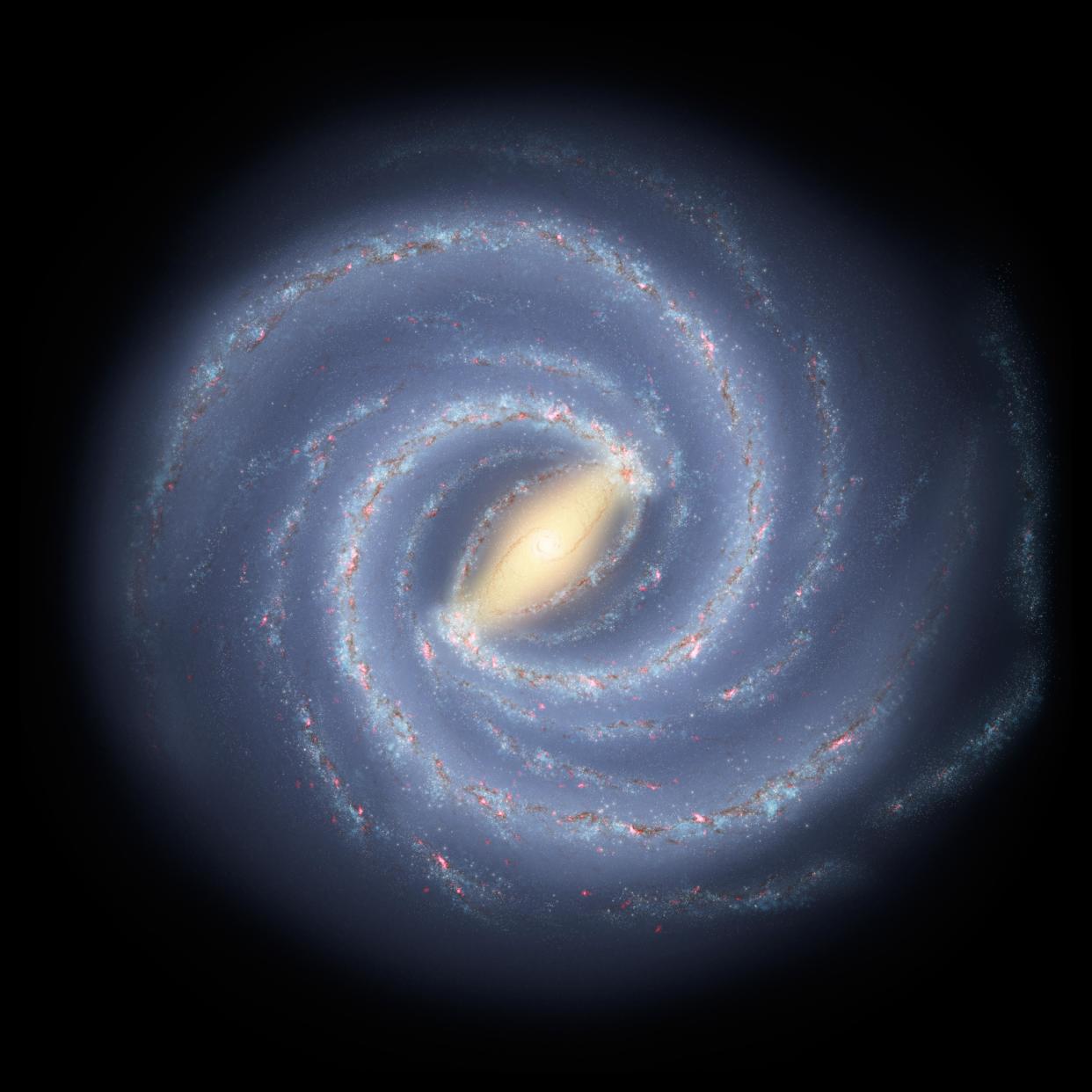Huge, bizarre objects spotted right next to our Milky Way galaxy’s black hole

Astronomers have spotted several strange objects right next to our own Milky Way galaxy’s supermassive black hole – they look like gas clouds but behave like stars.
Researchers using data from Hawaii’s Keck Observatory spotted several of the objects, extremely close to the huge black hole at the centre of the Milky Way.
Lead author Anna Ciurlo said, ‘These compact dusty stellar objects move extremely fast and close to our galaxy’s supermassive black hole. It is fascinating to watch them move from year to year.
‘How did they get there? And what will they become? They must have an interesting story to tell.’
The strange objects are described as ‘G-objects’.

Astronomers first discovered G-objects at the Milky Way’s monster black hole more than a decade ago; G1 was first seen in 2004, and G2 was discovered in 2012.
Both were thought to be gas clouds until they made their closest approach to the supermassive black hole. G1 and G2 somehow managed to survive the black hole’s gravitational pull, which can shred gas clouds apart.
Latest on Donald Trump at Yahoo News UK
Judge rules that Donald Trump CANNOT block critics on Twitter because he is the President
Can Donald Trump actually press the nuclear button whenever he wants?
Donald Trump says ‘everyone thinks’ he should get Nobel peace prize
Professor Mark Morris said, ‘Our view of the G-objects is that they are bloated stars — stars that have become so large that the tidal forces exerted by the central black hole can pull matter off of their stellar atmospheres when the stars get close enough, but have a stellar core with enough mass to remain intact. The question is then, why are they so large?’
It appears that a lot of energy was dumped into the G-objects, causing them to swell up and grow larger than typical stars.
GCOI thinks that these G-objects are the result of stellar mergers — where two stars orbiting each other, known as binaries, crash into each other due to the gravitational influence of the giant black hole.

 Yahoo News
Yahoo News 

